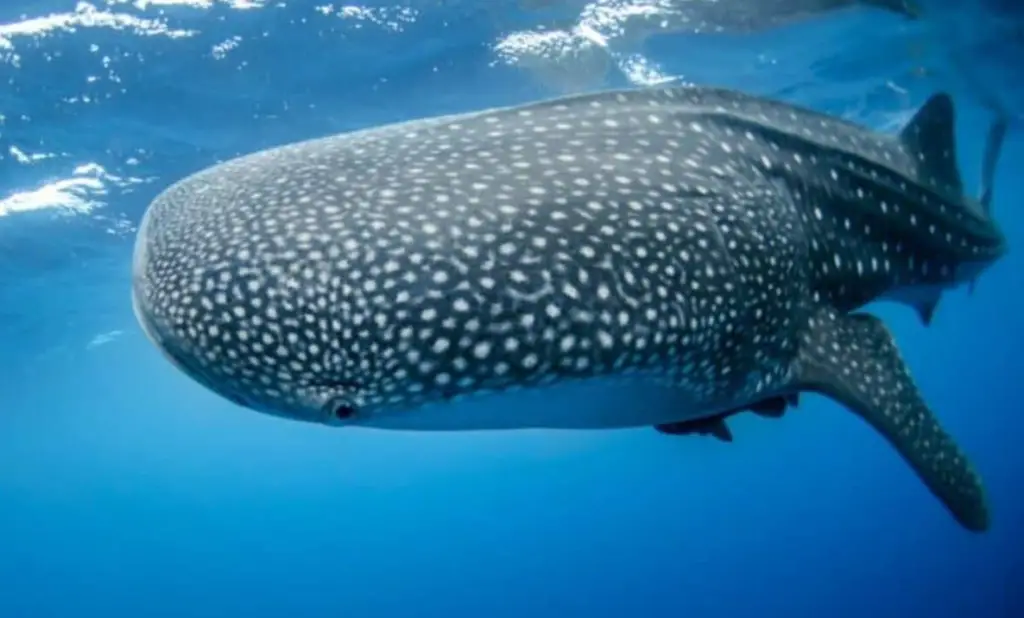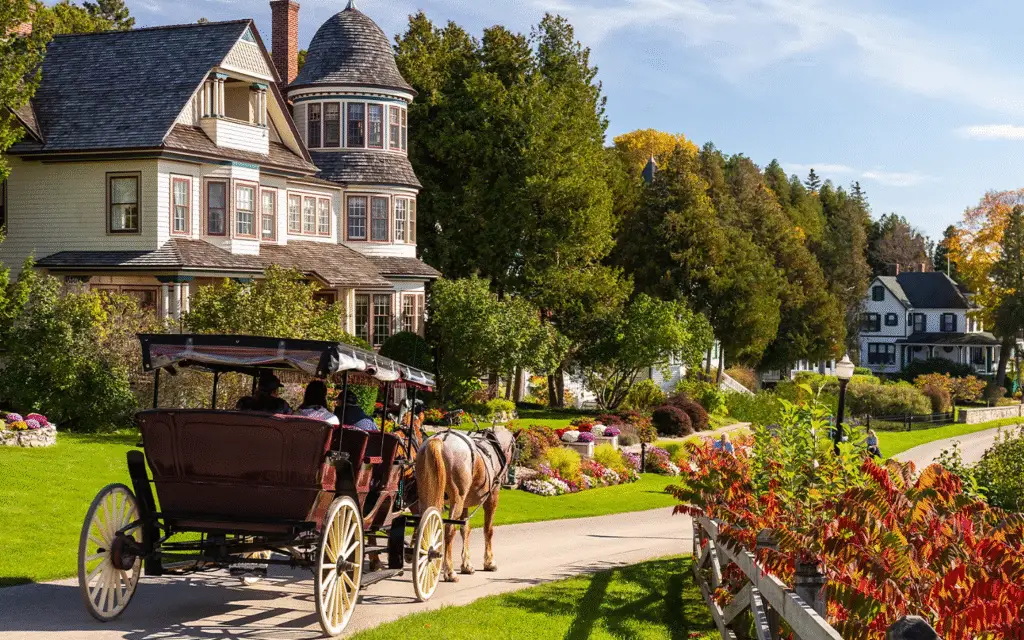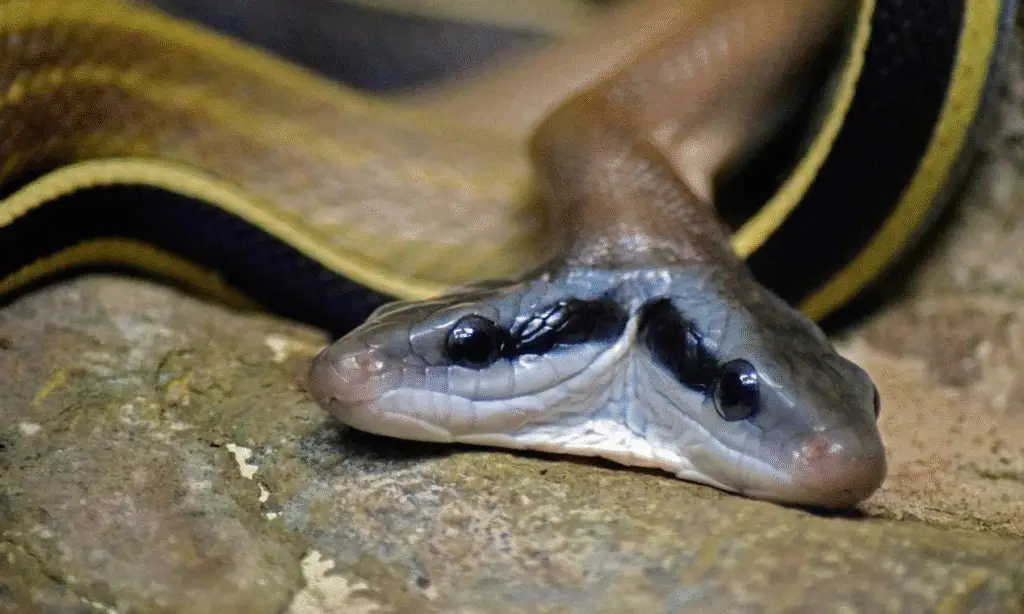Scientists Identify Similarities in Gorilla and Human Social Relationships

Rwanda’s Misty Forests— If you’ve ever felt overwhelmed by the sheer number of acquaintances in your life—coworkers, distant cousins, that one friend from summer camp you still follow on Instagram—turns out gorillas get it.
New research reveals that these gentle giants, much like humans, hit a social ceiling when it comes to maintaining meaningful friendships.
And no, it’s not because they’re bad at small talk.
A groundbreaking study spanning 13 gorilla groups in Rwanda over 12 years has uncovered a striking parallel between primate and human social limits.
The findings? Just as humans famously max out at around 150 stable relationships (a concept dubbed Dunbar’s number), gorillas too cap their inner circles—though their magic number is far smaller.
The “Dunbar’s Number” of the Jungle
Let’s start with the basics. For decades, scientists have linked brain size to social group size in primates.
The theory, known as the social brain hypothesis, suggests that bigger brains evolved to handle complex social networks.
Humans, with our 150-strong “village,” sit at one end. Gorillas, it seems, have their own version of this rule—but with a twist.
While non-human primates are generally thought to sustain about 50 stable bonds, Rwanda’s mountain gorillas show that even this number might be optimistic.
Researchers found that in groups larger than 12 to 20 individuals, social complexity plateaus.
Translation: More gorillas don’t mean deeper friendships. Instead, they end up with a handful of close pals and a lot of casual acquaintances—like your Instagram followers versus your ride-or-die crew.
“Social diversity is lower in very large groups where gorillas must maintain a larger number of relationships—with most relationships falling into the weakest category,” says lead researcher Robin Morrison, an anthropologist with the Fossey Fund and the University of Exeter. “Sound familiar?”.
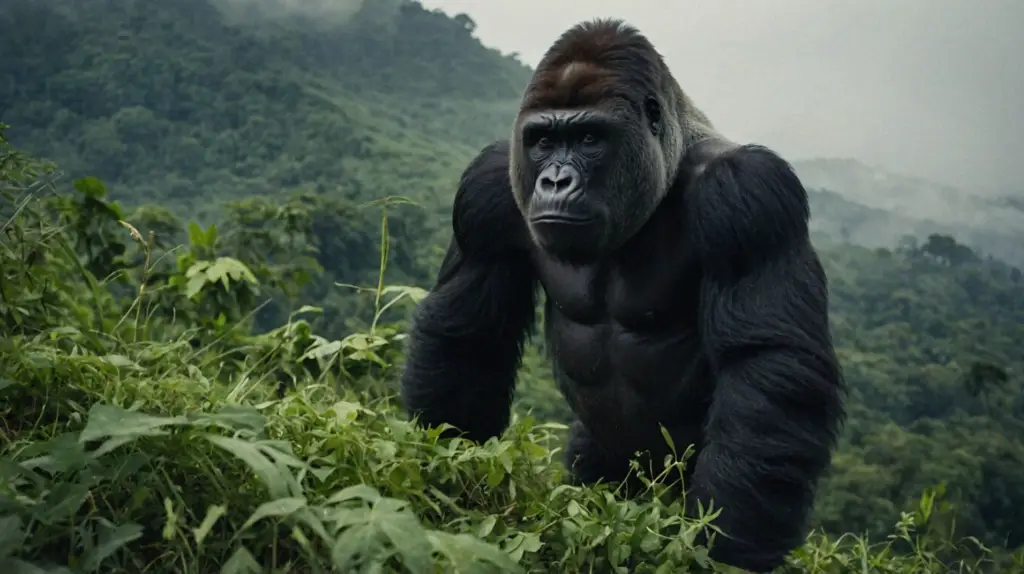
Grooming? Nah, Gorillas Prefer Proximity
Here’s where things get quirky. Unlike chimpanzees, which bond through hours of grooming, gorillas keep it low-key.
Their social currency isn’t picking bugs out of fur but simply choosing who to sit next to.
Think of it as the primate version of a coffee catch-up versus a three-hour brunch.
Over a decade of tracking 150 gorillas, researchers mapped “proximity data”—who hung out, who avoided whom, and who was the life of the nest.
The result? Group size alone didn’t predict relationship depth.
Some gorillas thrived socially, juggling multiple bonds, while others kept their circles tight.
“Not everyone experiences their social world in the same way,” says University of Exeter biologist Lauren Brent. “Just like humans, some gorillas are social butterflies; others are introverts”.
Gender Split: Boys Will Be Boys (Until They’re Not)
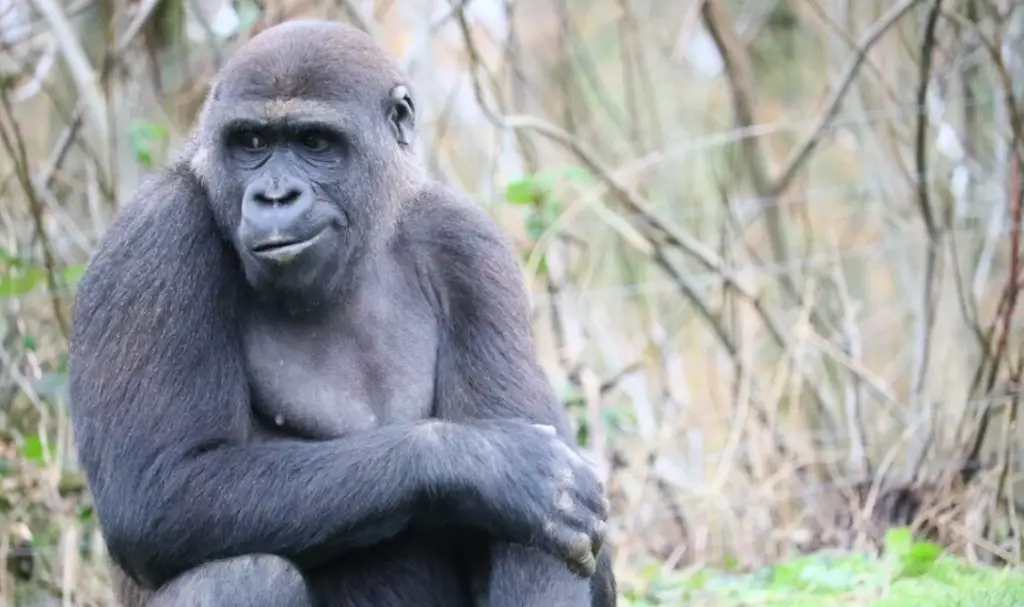
The study also uncovered a fascinating gender divide.
Young male and female gorillas start with similar social lives, but adolescence changes everything.
Males begin distancing themselves—likely prepping for solo life—before circling back to socialize more in adulthood.
Females, meanwhile, maintain steady friendships throughout their lives.
“Imagine a teenage gorilla ghosting his buddies to ‘find himself,’ only to slide back into the group chat years later,” Morrison jokes.
“It’s a pattern that mirrors human social dynamics, where life stages reshape our networks”.
Why This Challenges Old Assumptions
For years, scientists assumed bigger groups meant richer social lives.
But this research flips the script. Larger gorilla troops don’t necessarily foster deeper connections—a revelation that echoes human sociology.
“We’ve all been in a crowded room and felt alone,” Morrison says. “Gorillas show us that social complexity isn’t about quantity. It’s about who you invest in”.
The findings also question the social brain hypothesis.
If bigger brains evolved to manage larger groups, why do gorillas—with brains a third the size of humans’—show similar social limits? The answer might lie in time.
Maintaining friendships is exhausting, whether you’re a gorilla or a human.
“There are only so many hours in the day,” says Brent. “You prioritize your inner circle”.
Beyond Gorillas: What This Means for Us
The implications stretch far beyond Rwanda’s forests.
For one, it highlights the universality of social limits across species.
But it also raises urgent questions about conservation. Mountain gorillas, critically endangered with just 1,000 left in the wild, offer a living window into human evolution.
“Long-term monitoring is crucial,” says Tara Stoinski of the Dian Fossey Gorilla Fund. “These animals aren’t just saving themselves—they’re teaching us about our own past”.
And let’s not forget the weirdly relatable moments.
Like humans, gorillas mourn lost friends, play favorites, and even hold grudges.
In one notable case, a gorilla remembered a rival group after 10 years apart—proving that elephant-level memory isn’t just for elephants.
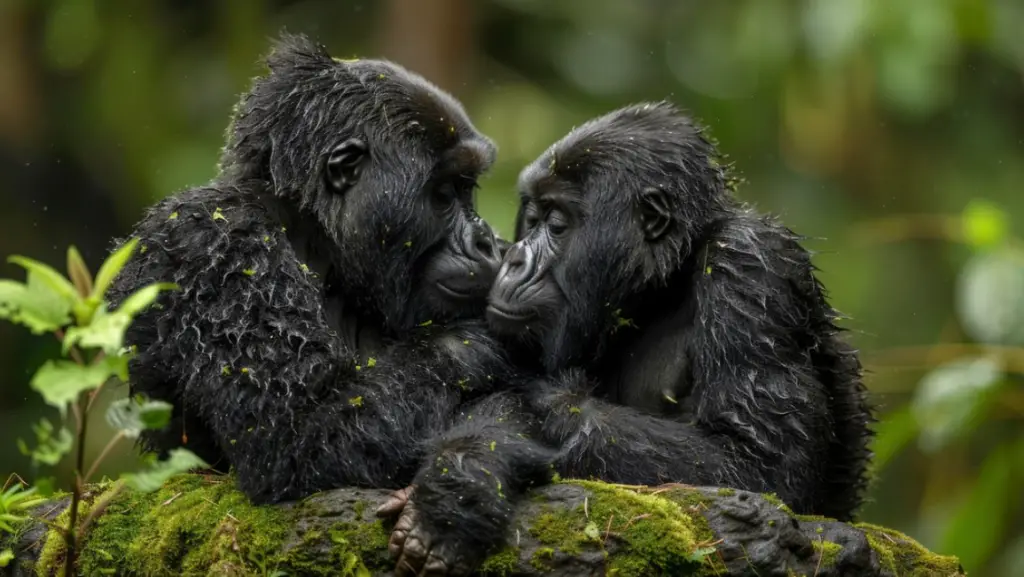
The Bigger Picture: Social Media for Apes?
Jokes aside, the study underscores a truth we often ignore: meaningful relationships require work, whether you’re a gorilla or a TikTok-addicted human.
While social media lets us amass thousands of “friends,” Dunbar’s number—and now gorilla data—suggests our brains haven’t evolved to handle it.
“We’re wired for depth, not breadth,” Morrison reflects. “Gorillas remind us that it’s okay to focus on the people—or primates—who matter most.”
As for what’s next? Researchers are calling for a shift in how we study social complexity.
“It’s not just about counting heads,” says Brent. “It’s about listening to the stories within the group”










